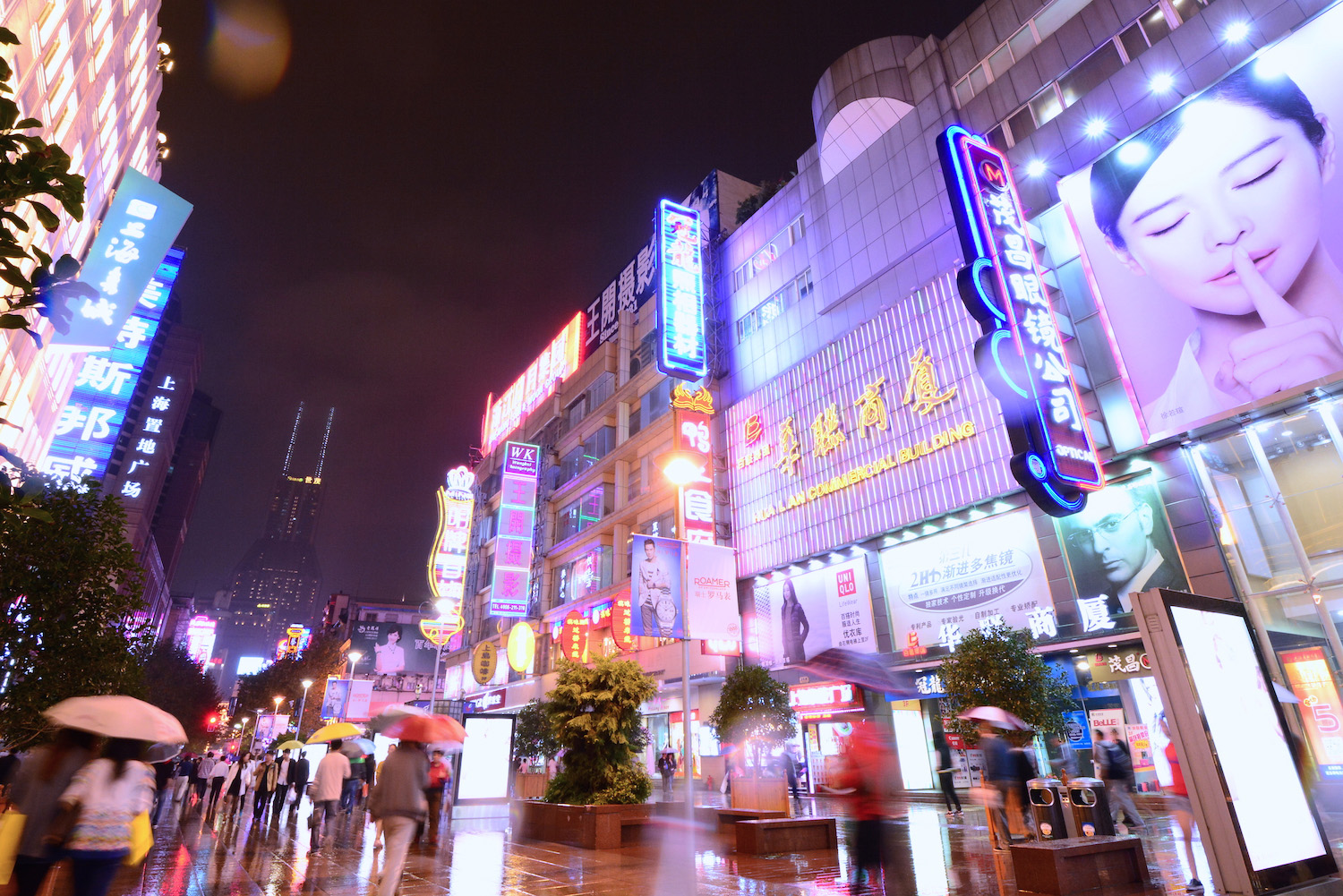
I used to live in Shanghai and my time in the city initially was teaching English but ultimately, it led me to the world of digital media, which quite literally changed my life.
To be sure, while spending nearly eight months in Shanghai was a character-building experience, you don’t need nearly that much time to get acquainted with China’s proverbial city above the sea. In fact, much of what there is to see and do there is so readily accessible that three days in Shanghai is all you need for a proper introduction.
Where to Stay in Shanghai
When I lived in Shanghai, I rented an apartment near Hengshan Road in Xuhui, one of the neighborhoods in the city’s famous French Concession. While picturesque, I do think it’s better to stay near the Huangpu River (i.e. with views of Shanghai’s incredible skyline) if you come as a traveler. One place I’ve really taken a liking to during my subsequent visits to Shanghai is the Astor House Hotel, a restored historical hotel north of the city’s iconic Bund.
Day One: It’s Lujiazui, Not Pudong
The Huangpu River is the defining geographical feature of Shanghai, dividing the city into two basic parts: Puxi, on the west (“xi”) side; and Pudong, on the east (“dong”) side. I mention this not only to help orient you, but to call attention to one of the biggest mistakes guidebooks make, which is referring to Shanghai’s skyscrapers as the “Pudong skyline.”
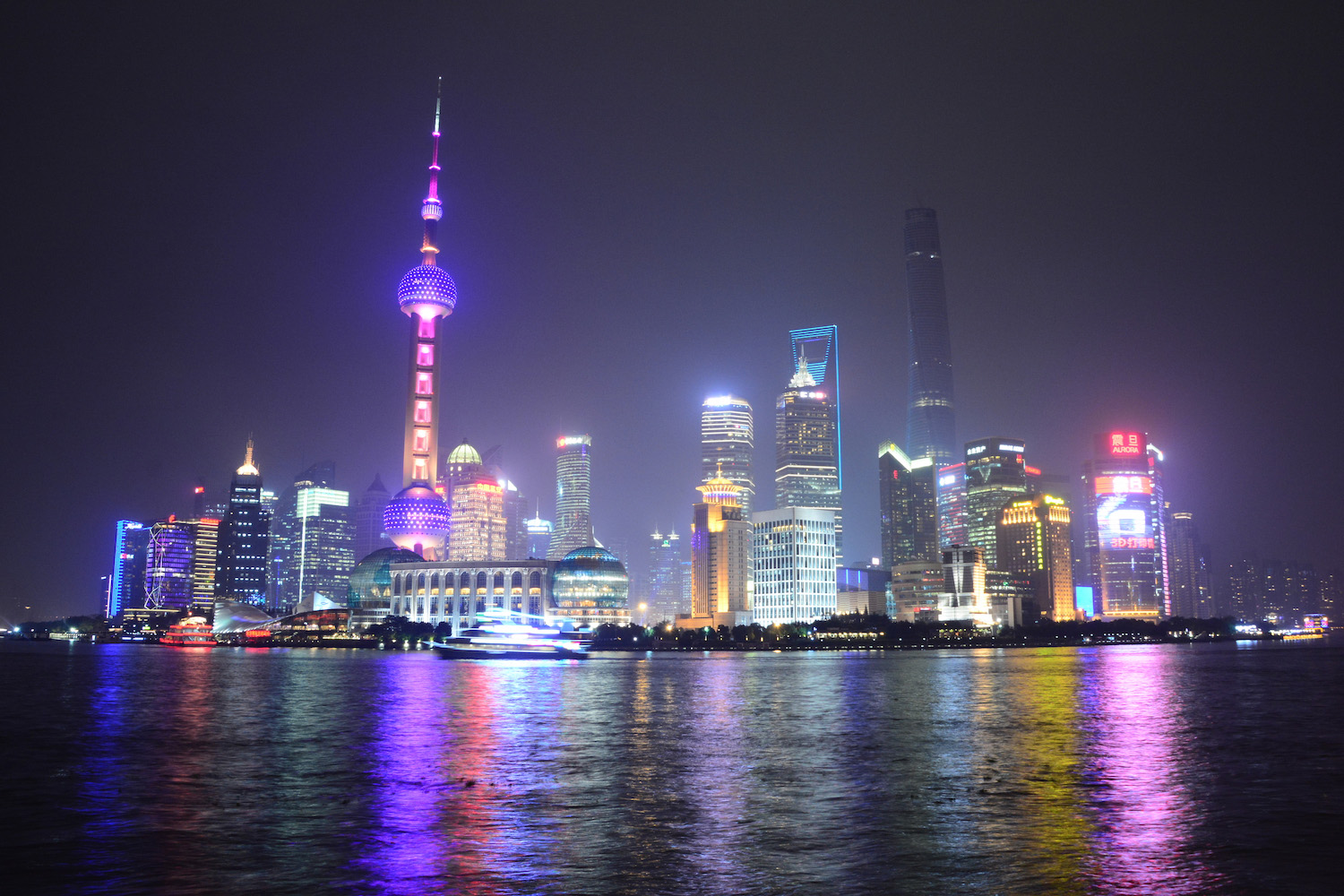
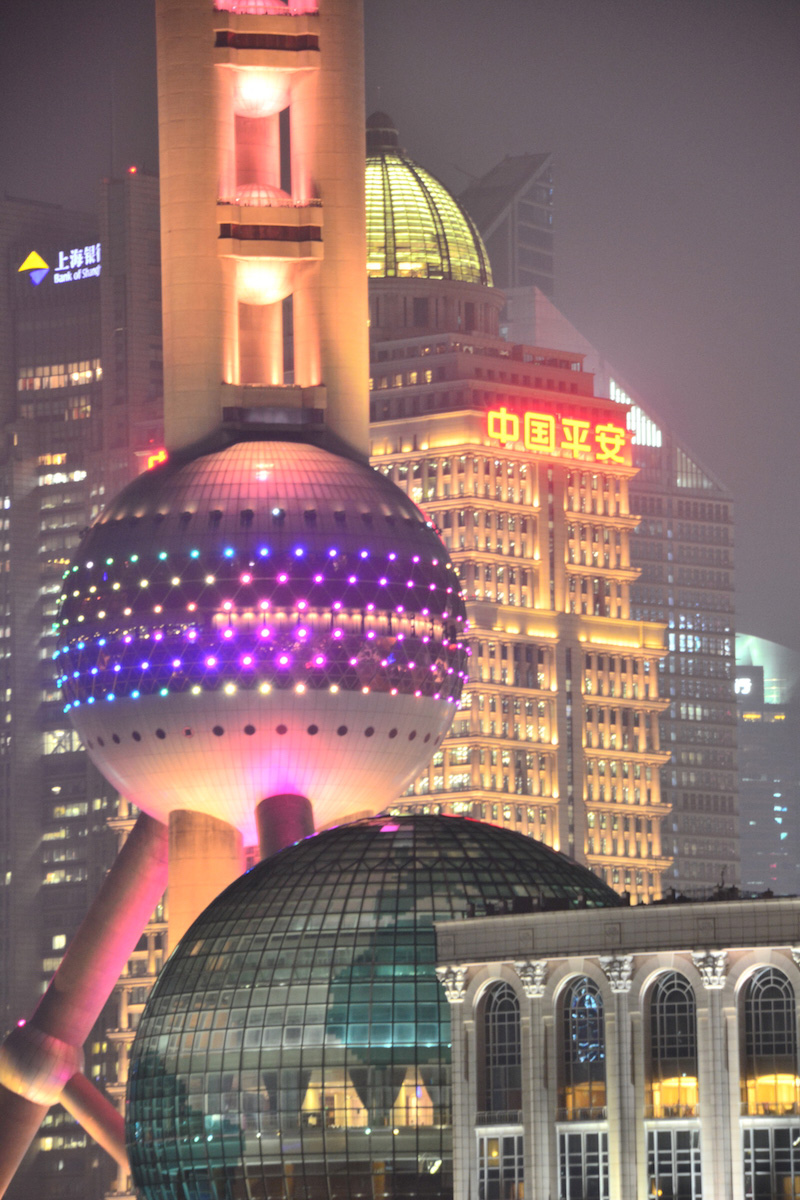
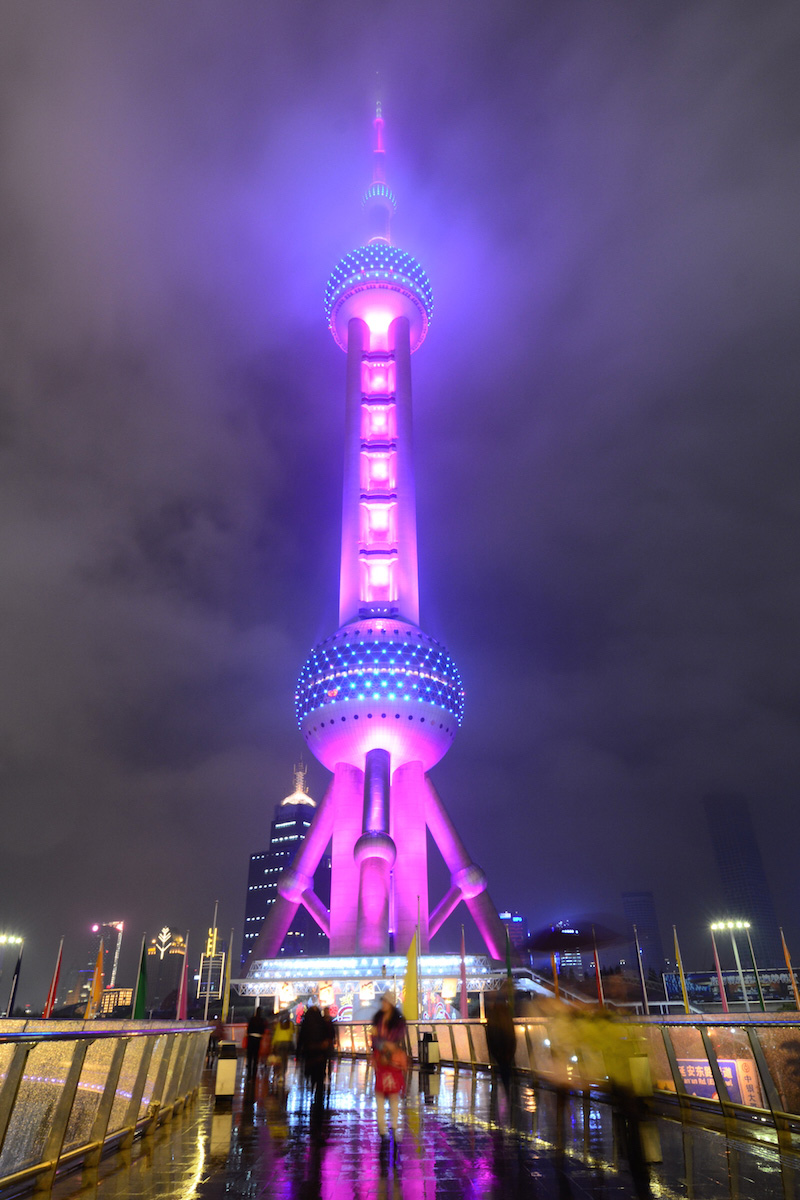
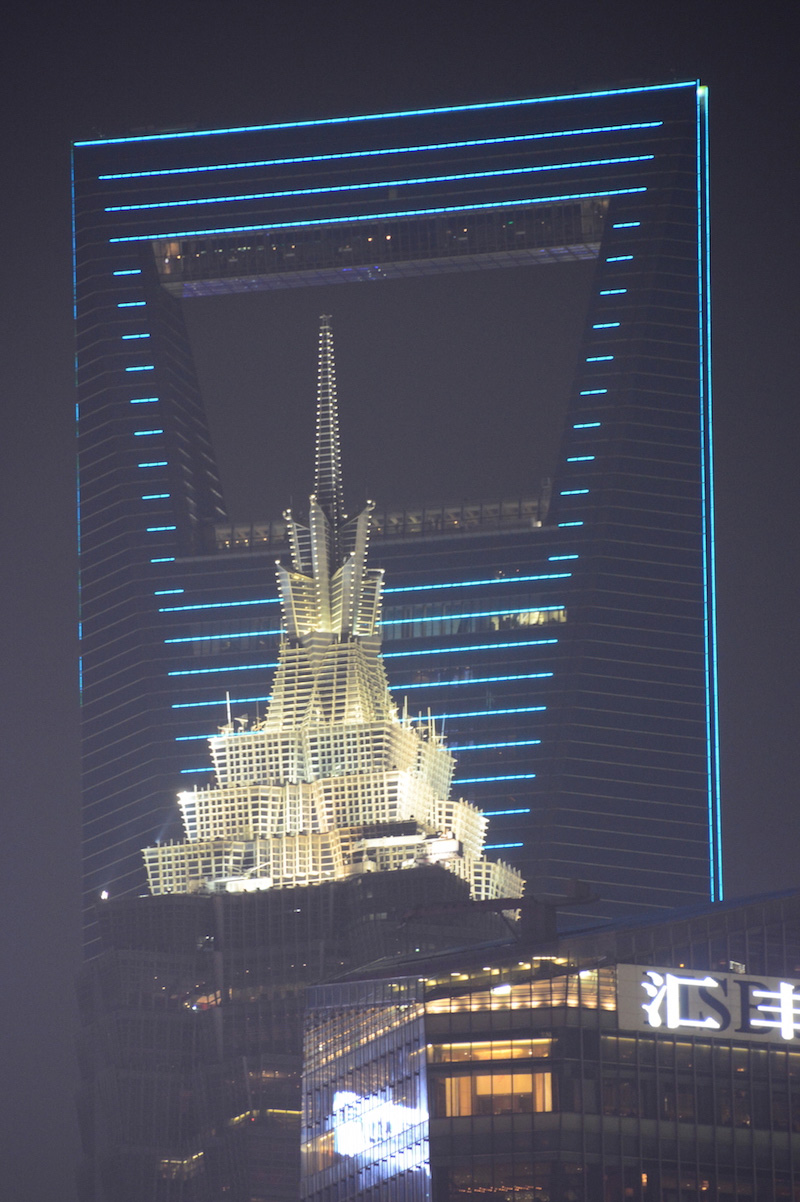
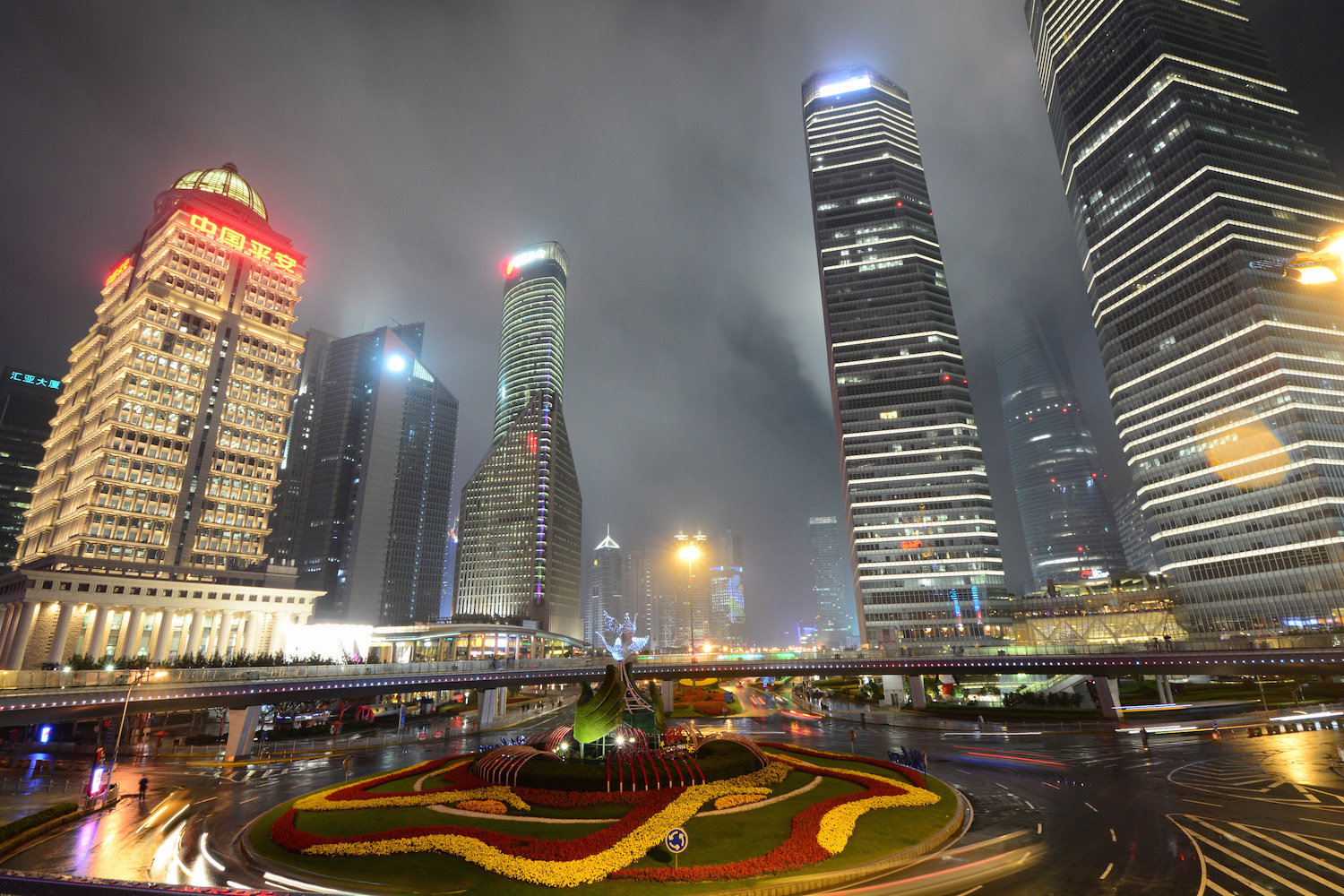
While buildings like the Jin Mao Tower, Oriental Pearl TV Tower and the almost-completed Shanghai Tower are technically in Pudong, they are more specifically in the Lujiazui area, where I recommend you spend your first evening in Shanghai. Whether you ascend to the observation deck of the Shanghai World Financial Center or simply traipse around the base of the skyscrapers like the little human ant you are, trust me on one thing: There isn’t a whole lot to see in Pudong outside of Lujiazui.
Day Two: Perusing Shanghai’s Past in Puxi
Wake up early the next morning—before dawn if you can. Then, walk (if you’re staying at Astor House Hotel) or take a taxi to Shanghai’s historical Bund, a long row of 1920s-era buildings along the Huangpu River just across from the skyscrapers of Lujiazui. If it’s not cloudy or smoggy (fair warning: it probably will be), stay here to watch one of the most incredible city sunrises in the world.
Afterwards, walk down East Nanjing Road to the subway station of the same name, then ride Line 10 of the Shanghai Metro to Yuyuan Gardens. Here, you’ll not only find a variety of traditional Shanghai foods (namely dumplings) to fulfill your breakfast and/or lunch needs, but one of the most complete (and, frankly, only) collections of traditional Chinese architecture in Shanghai.
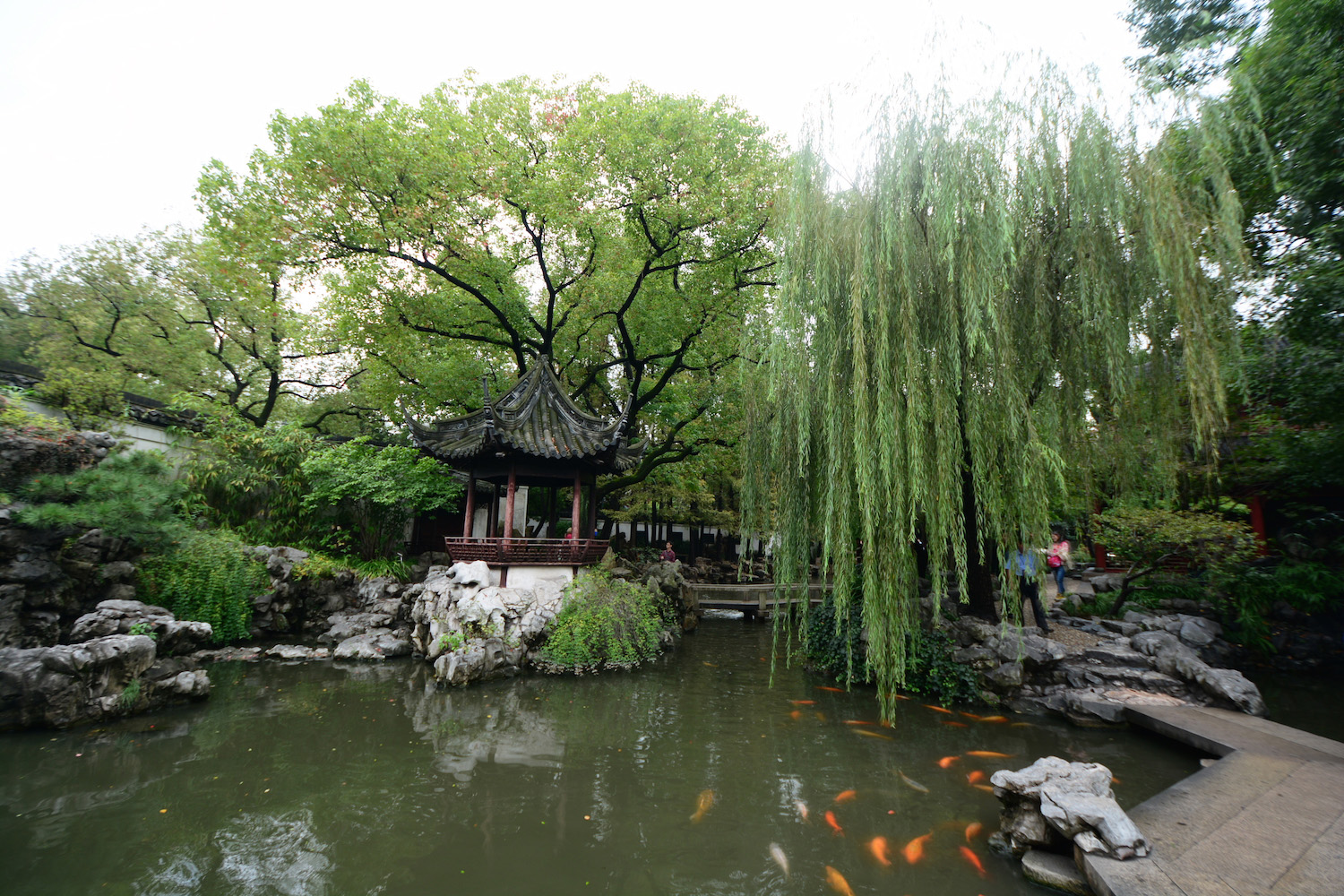


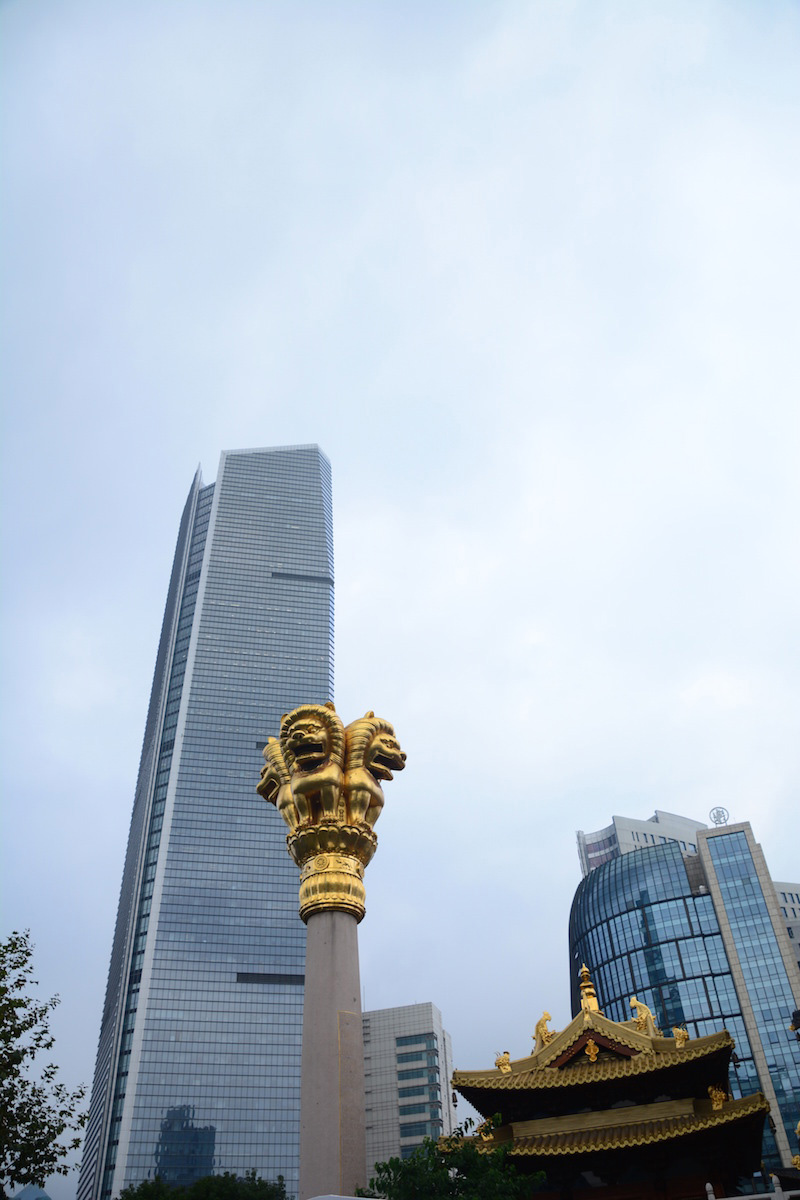
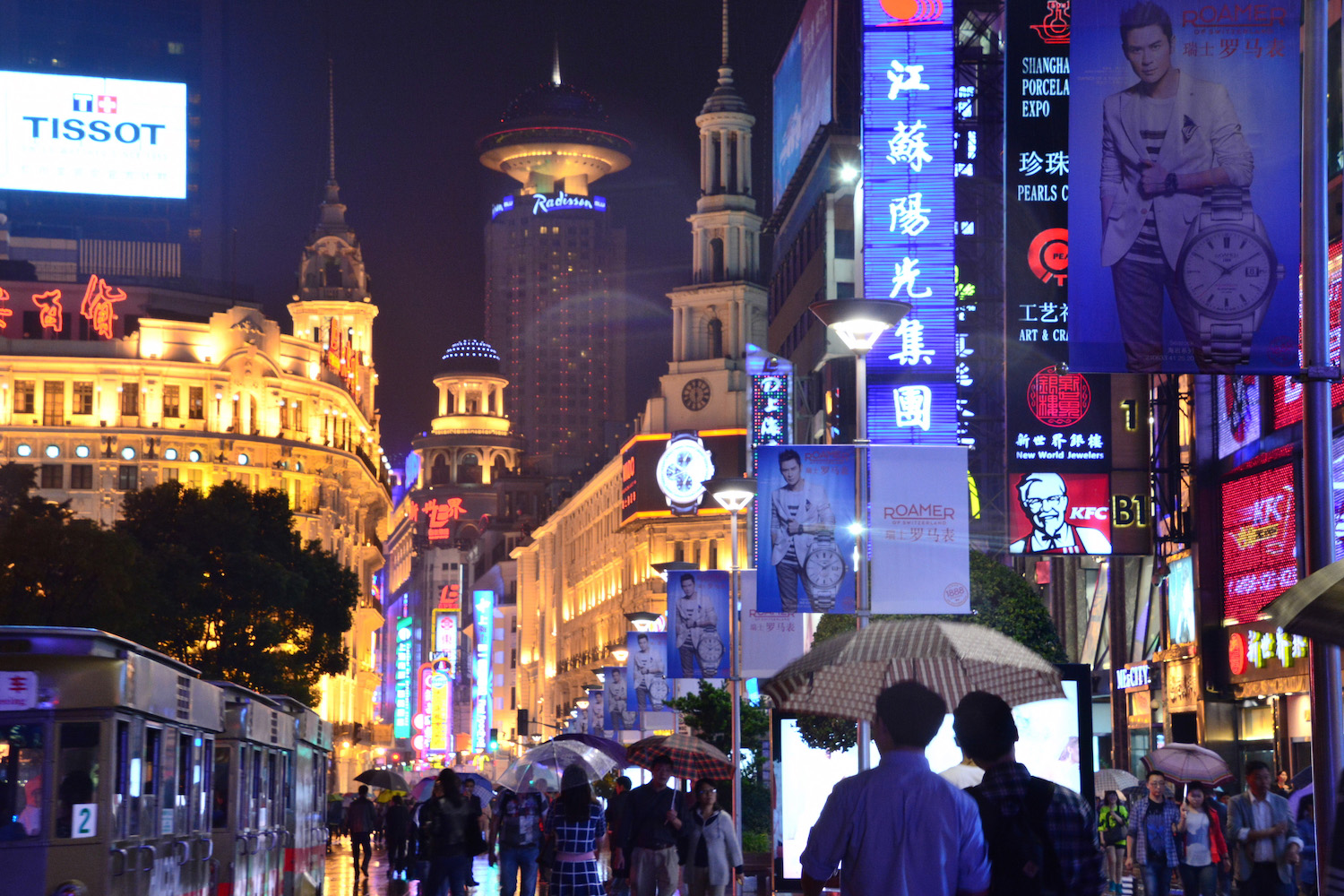
From here, navigate the metro system to West Nanjing Road, where you’ll find Jing’an Temple, a reconstructed third-century temple whose beauty is greatly enhanced by the skyscrapers around it. Spend the rest of your afternoon exploring the surrounding French Concession neighborhoods (Huaihai and Hengshan roads are among the most picturesque), or by riding the metro to People’s Square and visiting Shanghai Museum.
End your day much in the way you started it: By walking down East Nanjing Road, which is much more exciting by night, thanks to its incredible neon lights. Even if you don’t plan to bar hop all night, get a night cap at one of the fancy bars on the Bund, such as Bar Rouge, whose skyline views alone are worth the high price of a cocktail there.
Day Three: Get Out of Town
There are a few points of interest in Shanghai—namely, Century Park, the fake markets at Qipu Lu and the commercial area of Xujiahui—I haven’t mentioned here, but unless you have more than three days in Shanghai, your third is best spent somewhere outside the city limits.
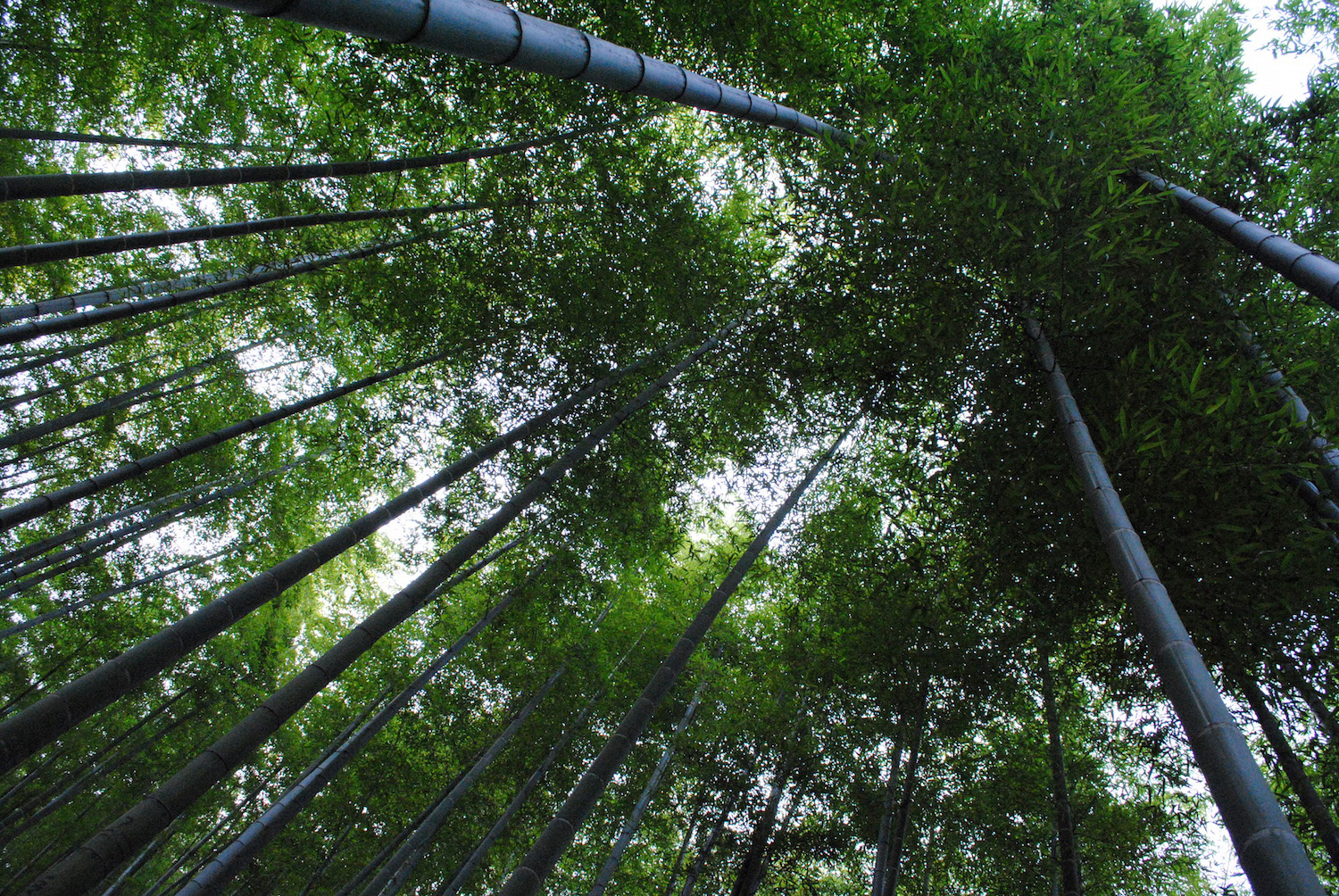
The most naturally splendid (and, thus, different from most of what you’ll see in the city) is the Anji Bamboo Forest, accessible via combination of bus (to Anji City, via Shanghai South Railway Station) and taxi (from Anji City to the forest). Other options include the historical cities of Hangzhou and Suzhou, the ancient “water town” of Zhujiajiao and the Chongming Island nature reserve, to name just a few.

Robert Schrader is a travel writer and photographer who’s been roaming the world independently since 2005, writing for publications such as “CNNGo” and “Shanghaiist” along the way. His blog, Leave Your Daily Hell, provides a mix of travel advice, destination guides and personal essays covering the more esoteric aspects of life as a traveler.








